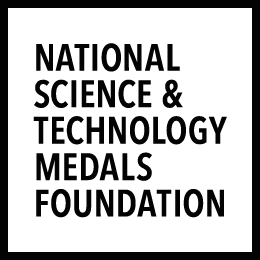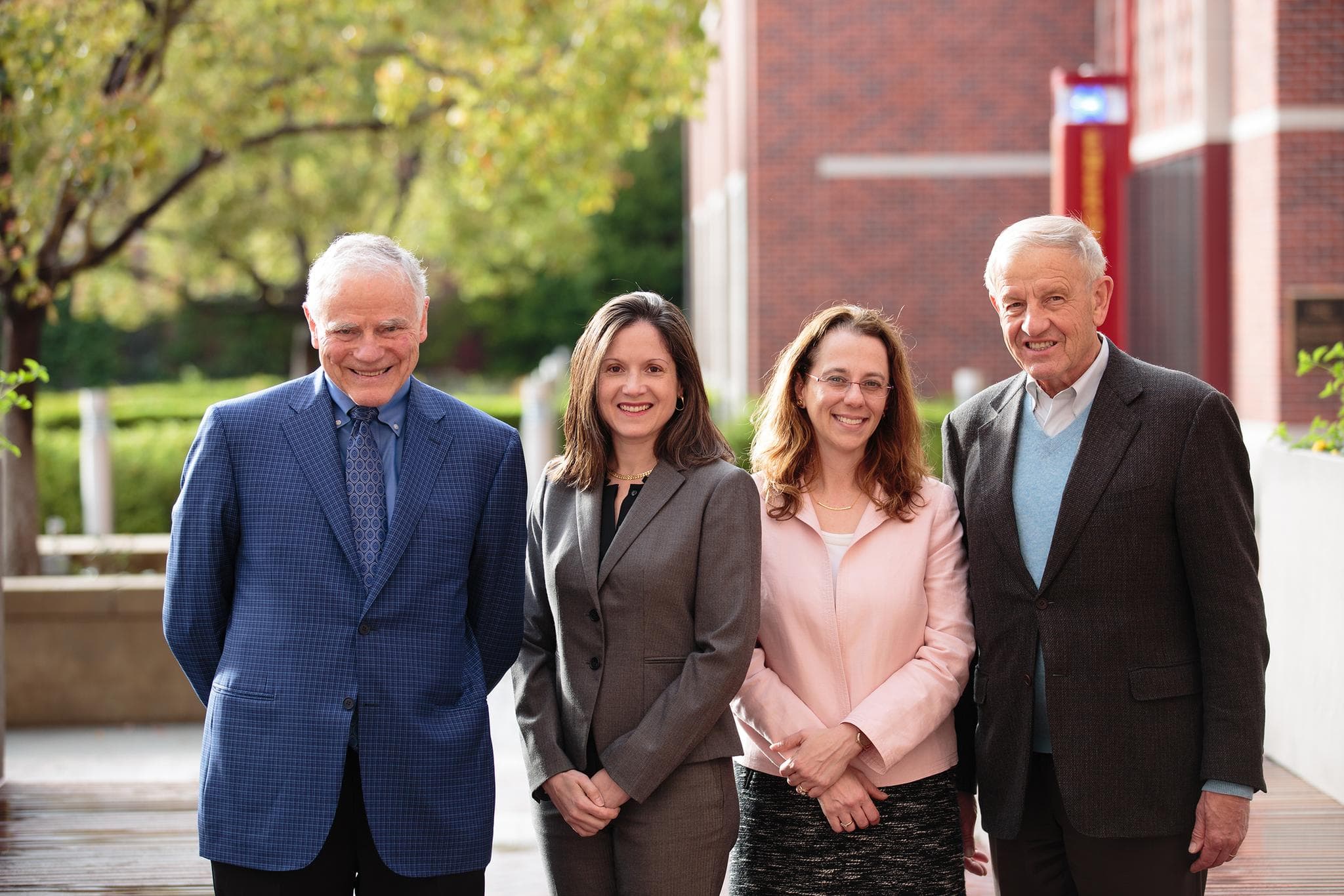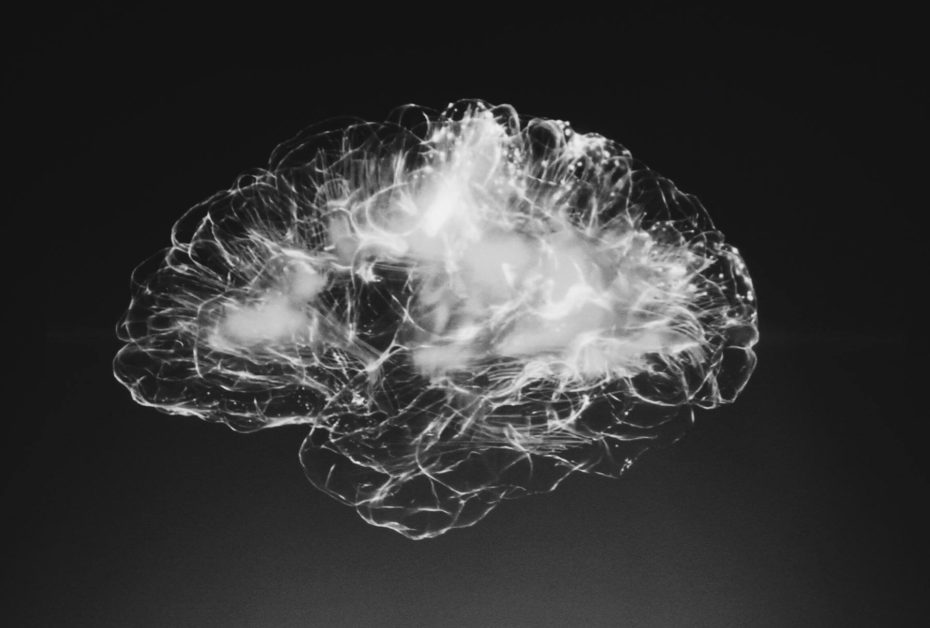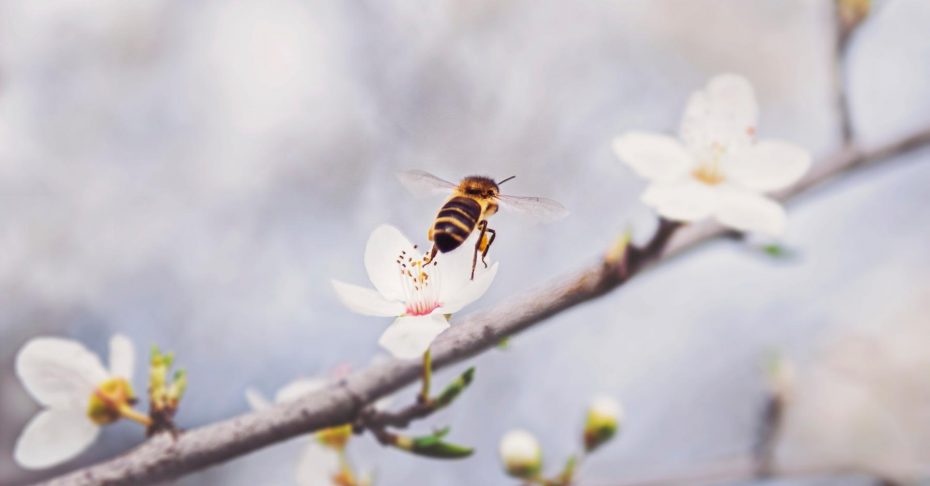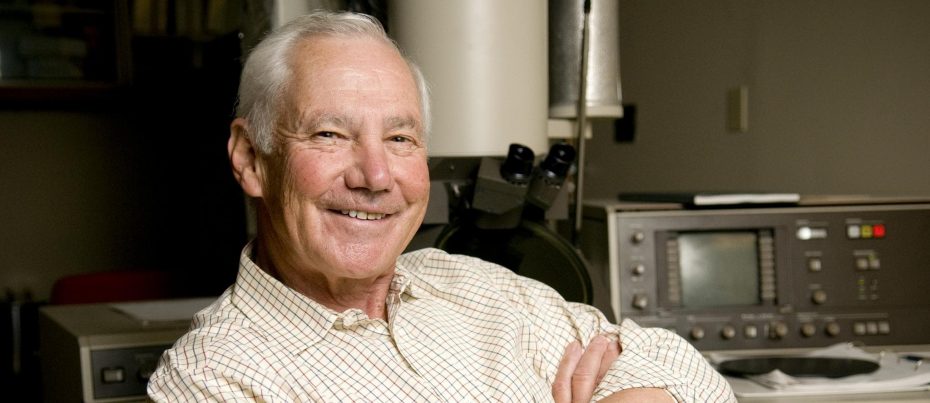“You can look at a failure as a wasted opportunity, but in every failure, there is some lesson you can glean from it,” she said. “It shouldn’t necessarily be viewed as a negative. It should be viewed as a stepping stone toward your success. You just need to figure out what that next step is.”
At best, only 20 percent of a researcher’s ideas are successful, according to Caruthers.
“You’ve got to be prepared to expect that something doesn’t work,” he said.
“You have to be a little bit stubborn sometimes and think you know what you’re doing. Eventually, some of your ideas actually work,” he added.
The panel noted their education was essential to being able to pursue their passions and have the flexibility to continue research others disregarded.
“A Ph.D. gives you access to a position where you can control your own fate in a way that is very difficult to do at a lower level,” Hood said. “The exception to that is if you are really good in hacking you can go into engineering and you can be a non-Ph.D., and you can do quite well. In the more conventional sciences — chemistry, biology, medicine — you want to be a position where you can make a difference.”
Belz pushed back, noting even in computational sciences “a Ph.D. is still the right way to go” to ensure a researcher can purse “the most interesting algorithms” and projects. Belz is vice dean for Technology Innovation and Entrepreneurship at USC.
“You can get very far as an advanced programmer, but my own huge bias is that if you want to be on the cutting edge you’d better know your field top to bottom before you go in and think you’re going to make history,” she said.
The innovators also noted there are somethings young researchers won’t be able to learn in the classroom. The panel agreed networking and leadership skills are key to developing successful, groundbreaking projects.
“When I was a graduate student we used to say the extroverts were the ones looking at someone else’s shoes,” Belz said. “For scientists and engineers, networking doesn’t always come super naturally. It is probably one of the most important skills you can develop in advancing your career. It’s just as important as understanding what problems to work on and learning how to be stubborn.”
While leadership isn’t part of a scientific curriculum, Caruthers said the skill is invaluable in attracting qualified and enthusiastic peers and students to help pursue a scientific goal.
“There is as much good leadership there as there is good science,” Caruthers said.
“You have to network, and you have to have the right people who will be spokespeople for you,” he added.
Armani said when a researcher is surrounded by the right people it creates a “feedback mechanism” of enthusiasm propelling good work.
“Everyday something new will be discovered,” she said. “Maybe it will be a baby step, but maybe it will be a gigantic leap — you never know.”
THIS EVENT IS PART OF OUR “AN EVENING WITH” PROGRAM. TO LEARN ABOUT UPCOMING EVENTS, CLICK HERE.
